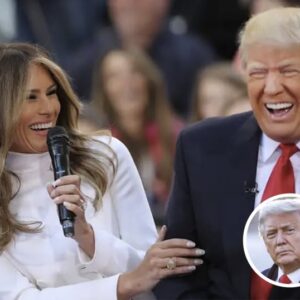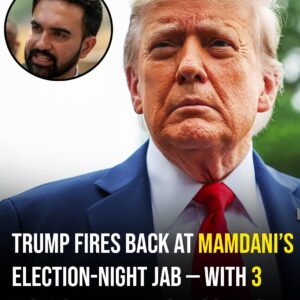As the government shutdown stretches into its third week, cracks within the Democratic Party are becoming impossible to ignore. What began as a unified stand against Republican spending proposals has evolved into a bitter internal feud — one that pits progressives demanding bold social investments against moderates warning of economic fallout and political backlash. The standoff has laid bare a fundamental question about the future of the Democratic Party: who truly leads it, and what does it stand for?
The immediate trigger was the stalled budget deal. While Republicans insist on significant spending cuts and stricter border controls, Democrats were expected to present a united front. Instead, internal disagreements have spilled into public view. Progressive members of Congress, led by figures such as Alexandria Ocasio-Cortez and Pramila Jayapal, argue that the party should refuse to compromise on social programs, environmental funding, and healthcare expansion. “We didn’t come here to balance the budget on the backs of working families,” Ocasio-Cortez said in a fiery speech. “We came here to fight for them.”
But moderate Democrats — particularly those from swing districts — are taking a different view. They worry that continued gridlock could alienate centrist voters and deepen public frustration. “People back home aren’t talking about ideological purity,” said Rep. Jared Golden (D-ME). “They’re talking about paychecks, mortgages, and food on the table. Every day this shutdown continues, real people suffer.” His words reflect a growing unease among moderates who believe the party’s left flank is pushing too far, too fast.
Behind closed doors, the divisions are even sharper. A leaked recording from a recent caucus meeting revealed heated exchanges between members over whether to negotiate temporary funding bills. Some progressives accused leadership of “folding under pressure,” while senior moderates countered that refusing to engage was “political suicide.” The tension has reportedly strained relationships within the party’s leadership, including among senior advisors close to President Biden.
For Biden himself, the situation presents a delicate balancing act. He has publicly called for “unity and patience,” but his approval ratings continue to slip amid growing perceptions of dysfunction. The White House has sought to portray the shutdown as Republican obstructionism, yet many Democrats privately acknowledge that their own divisions have weakened their negotiating power. “The GOP can sit back and watch us argue with ourselves,” one Democratic strategist admitted. “It’s an optics disaster.”
Meanwhile, ordinary Americans are feeling the effects. Federal employees are missing paychecks, small businesses tied to government contracts are struggling, and national parks remain closed. Economists warn that if the shutdown continues, it could shave billions off GDP and rattle consumer confidence. For voters already disillusioned with Washington gridlock, this latest episode reinforces the perception that neither party can govern effectively — a dangerous sentiment heading into an election year.
Progressives argue that short-term pain is worth long-term progress. They believe that giving in now would only embolden conservative lawmakers and betray campaign promises. “Compromise has become a code word for surrender,” said Rep. Ilhan Omar (D-MN). “We were elected to fight for justice, not to appease extremists.” Moderates counter that refusing to negotiate only strengthens Republican messaging about Democratic chaos and fiscal irresponsibility.
The fight is no longer just about policy — it’s about identity. The Democratic Party stands at a crossroads between its traditional centrist base and a rapidly growing progressive movement that demands sweeping reforms on climate, healthcare, and income inequality. With 2026 midterms looming and control of Congress at stake, both factions know the outcome of this shutdown could shape the party’s image for years.
As one senior Democrat put it, “We’re not just debating a spending bill. We’re debating what kind of party we want to be.”
For now, the standoff continues. But each passing day of silence from Capitol Hill only deepens the sense that the Democrats’ greatest challenge may not come from across the aisle — but from within their own ranks.




